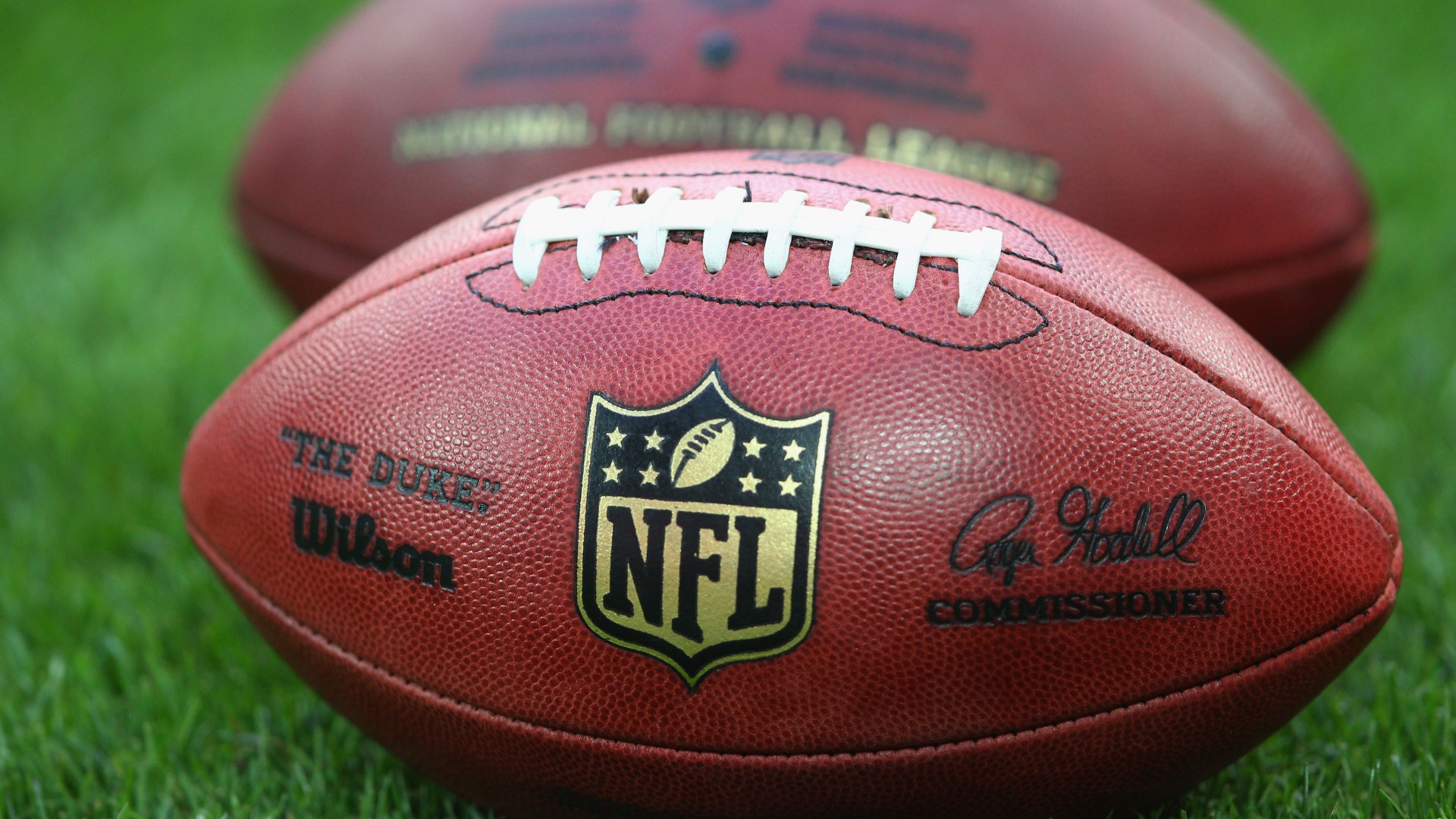The Evolving Landscape: A Guide to Footballers Who Changed National Teams
The dream of every aspiring footballer is to represent their nation on the grandest stage. To pull on the jersey, hear the anthem, and fight for their country’s pride is an unparalleled honour. Yet, for an increasing number of elite players, this journey is not always linear. In the complex tapestry of international football, a significant phenomenon has emerged: footballers switching national allegiances. This guide delves into the historical context, the evolving FIFA regulations, the myriad reasons behind such decisions, and the profound implications for players, federations, and the global game.
A Historical Perspective: The Early Wild West
In the nascent years of international football, eligibility rules were far less stringent, almost rudimentary by today’s standards. Players could often represent multiple nations without significant legal hurdles, often based on where they were playing club football or even just residency. The most iconic example of this bygone era is Alfredo Di Stéfano. Born in Argentina, he represented Argentina in six matches, then played four times for Colombia during an unsanctioned league period, and most famously, went on to play 31 times for Spain, where he became a legend. Such fluidity, though exciting for fans, highlighted a lack of clear international governance.
As football became more organised and professional, the need for stricter rules became apparent. FIFA, the sport’s global governing body, began to formalise regulations, primarily introducing the principle of “once capped, always capped” for competitive matches. This meant that if a player featured in a competitive senior international fixture for one nation, they were permanently tied to that country. Friendlies, however, often did not count, creating a grey area that some players navigated.
The Landmark Rule Changes: FIFA’s Response to Modernity
The 21st century brought an explosion in global migration, dual citizenship, and advanced scouting networks. Talented young players often grew up in one country but had ancestral ties to another. This created a dilemma: many players found themselves in a situation where they had represented a nation at youth level, or even in a senior friendly, but saw no clear path to the senior team. Simultaneously, their country of heritage might offer a more viable route to international football. FIFA recognised this growing challenge and embarked on a series of significant amendments to its eligibility statutes.
1. The 2004 Amendment: Opening the Door for Untapped Talent
The first major shift came in 2004. Recognizing the unfairness of players being permanently tied to a nation after a single youth cap or even an unused substitute appearance in a competitive match, FIFA introduced a crucial amendment. Under this new rule, a player could switch national allegiance if:
- They held the citizenship of the new country.
- They had not yet played a competitive senior international match for their original country.
- They applied to FIFA for the change, which would then be approved by the Players’ Status Committee.
This rule provided a lifeline for many players who had represented a nation at youth level but were yet to break into the senior squad. It allowed players like Jermaine Jones (Germany to USA) and Kevin-Prince Boateng (Germany to Ghana) to represent their nations of heritage without having been senior competitive capped for their birth countries.
2. The 2009 Amendment: The Age-Based Clause
While the 2004 rule was a step forward, it still left some players in limbo. What if a player had played a competitive senior match, but it was at a very young age and they later developed into a world-class talent, only to find their path blocked by established stars in their original national team?
To address this, FIFA introduced a further amendment in 2009. This rule clarified that a player was permanently tied to a nation only if they had played a competitive senior match for that nation and were over the age of 21 at the time of that appearance. If the competitive cap occurred before their 21st birthday, they could still apply for a switch, provided they met the other criteria (citizenship, etc.). This provided a safety net for precocious talents who might have been capped early but later found their opportunities limited.
3. The Landmark 2020/2021 Amendment: The “Declan Rice Rule” and Beyond
Perhaps the most significant and widely impactful change came in September 2020, and was implemented in early 2021. Driven by high-profile cases like Munir El Haddadi (who played for Spain for a mere 13 minutes in a competitive match at 19, preventing him from representing Morocco), and the circumstances surrounding Declan Rice and Jack Grealish (who had played for Republic of Ireland before switching to England), FIFA enacted a rule that fundamentally altered the landscape of national team eligibility.
Under the updated regulations, a player can now change national association even if they have played competitive senior matches for their original country, provided they meet all of the following strict conditions:
- Limited Appearances: They played no more than three competitive senior international matches for their original national team.
- Age Limit: All of those appearances occurred before the player’s 21st birthday.
- Time Lapse: At least three years have passed since their last competitive senior appearance for the original national team.
- No Major Tournament: They have not participated in a FIFA World Cup final tournament or a continental final tournament (e.g., UEFA European Championship, Copa América, Africa Cup of Nations, AFC Asian Cup) for their original national team.
- Citizenship: They hold the citizenship of the new country they wish to represent.
This amendment has been a game-changer. It acknowledges that a few early caps should not permanently define a player’s international career, especially if their circumstances or development trajectory change. It offers a second chance, providing a pathway for players who might otherwise be “stuck” in a national team where opportunities are scarce, or where their emotional ties to another nation become stronger.
Prominent examples of players who have benefited or could benefit from these specific conditions include:
- Declan Rice (Republic of Ireland to England): Played three competitive matches for Ireland, all before turning 21, and before the new rule, he was tied. The rule change essentially validated his switch.
- Wilfried Zaha (England to Ivory Coast): Zaha represented England in two senior friendlies, but his eligibility for Ivory Coast was never in doubt due to the 2004 rule (no competitive cap). However, the new rules reinforce such cases and allow for more flexibility.
- Diego Costa (Brazil to Spain): Costa’s case was somewhat unique, as he had played two friendlies for Brazil before choosing Spain. His switch predated the 2020 rule but highlighted the need for clearer regulations for players with dual nationality. The 2020 rule would have made his situation more straightforward had he been competitively capped.
- Munir El Haddadi (Spain to Morocco): Although Munir’s initial plea was rejected under the old rules, his case was a primary driver for the 2020 amendment. He would now be eligible to play for Morocco under the new criteria.
Reasons Behind the Switch: A Complex Decision
The decision to change national allegiance is rarely taken lightly. It involves a mix of sporting, emotional, and practical considerations:
- Sporting Opportunity: This is arguably the most common reason. A player might be a fringe player for a top-tier footballing nation but could be a star for a country with less depth. The desire to play regularly at the international level, to participate in major tournaments, and to have a tangible impact on a national team’s fortunes often outweighs loyalty to an adopted country.
- Ancestral/Emotional Connection: Many players grow up in one country but have deep family roots in another. As they mature, or as their family’s heritage becomes more prominent in their lives, they may feel a stronger emotional pull towards their ancestral homeland, even if it’s not where they were born or primarily raised.
- Pathway Blocked: A player might have been part of a strong youth setup for a major footballing nation, but as they reach senior level, they find themselves competing with world-class talent in their position. Switching to another nation where they have a clearer path to regular international football becomes an attractive option.
- Coaching Influence: Sometimes, a particular national team coach or federation might actively recruit a player, making a compelling case for their inclusion and highlighting the role they would play.
- Perceived Stability or Future Prospects: A player might assess the long-term prospects of two nations and choose the one they believe offers a more stable environment, better development pathways, or a higher chance of success in future tournaments.
Implications and Debates
The phenomenon of national team switching has significant implications and sparks ongoing debates:
For Players:
The new rules offer unprecedented freedom and opportunity. They allow players to make choices that align with their career aspirations and personal connections, preventing them from being trapped by early, perhaps ill-advised, international appearances. This can extend careers and fulfil dreams that would otherwise remain out of reach.
For Federations:
For “smaller” footballing nations, the updated rules represent a golden opportunity. They can now actively scout and recruit talented players from the diaspora who might have played a handful of games for a European giant but are now eligible to represent their country of heritage. This influx of talent can significantly strengthen national teams, allowing them to compete at higher levels. Conversely, for “bigger” nations, it means they might lose out on players who developed within their system but choose to represent another country. This necessitates more strategic planning, clearer communication with young talents, and careful management of their pathways.
For Fans:
The issue often evokes strong emotions among fans. On one hand, there’s admiration for players who choose to represent their ancestral homeland, often against the odds. On the other, some fans view switches as opportunistic, questioning a player’s loyalty or commitment. The debate often centres on the definition of “nationality” in football – is it about birth, upbringing, or ancestral ties?
Ethical and Sporting Considerations:
While the new rules provide flexibility, they also raise ethical questions. Is it “poaching” for one nation to actively recruit a player who has already represented another? Does it undermine the concept of national identity in football? Most agree that the spirit of the rule is to allow players with genuine connections to represent their heritage, rather than to facilitate a free-for-all talent grab. The “no major tournament” clause is particularly important in preventing players from “shopping around” after experiencing the pinnacle of international football with one nation.
The Future of National Allegiance
The journey of a footballer’s national allegiance has come a long way from the days of Alfredo Di Stéfano. FIFA’s continuous evolution of its eligibility rules reflects a growing understanding of the complexities of modern identity, global migration, and the unique careers of professional athletes.
While the current regulations offer a balanced approach, seeking to protect the integrity of international football while providing flexibility for players, the debate will undoubtedly continue. As football’s global reach expands and the talent pool becomes increasingly diverse, the phenomenon of players changing national teams will remain a fascinating and integral part of the sport’s ever-evolving narrative. It is a testament to the fact that identity, loyalty, and opportunity are not always clear-cut, even on the hallowed turf of international football.




